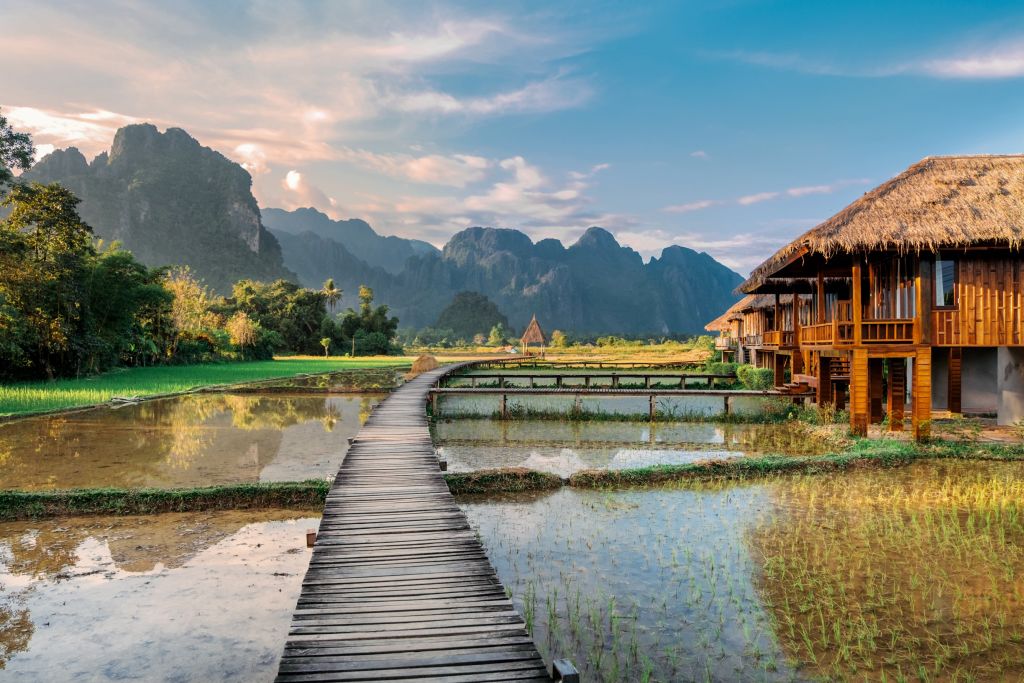Transportation in Vietnam: A Comprehensive Guide
21-08-2024
Traveling through Vietnam is an adventure filled with diverse landscapes and vibrant cities. To make the most of your trip, understanding the various transportation options is crucial. Here’s a guide to navigating the different modes of transport in Vietnam
There are three primary methods for entering Vietnam. The most prevalent is by flying into one of the country’s major international airports. Alternatively, you can cross into Vietnam through several land border checkpoints or arrive via cruise ships that dock at various ports throughout the country. Whichever method you choose, it’s crucial to arrange your Vietnam visa in advance.
Vietnam is home to 10 international airports, with the majority of international flights landing at either Noi Bai International Airport in Hanoi, in the north, or Tan Son Nhat International Airport in Ho Chi Minh City, in the south.
Although Vietnam is a popular tourist destination, it is not as significant a transit hub as some other Asian countries. Consequently, travelers from the US, Canada, Australia, or many European nations often have to transit through another airport, as direct flights to Vietnam are relatively rare.
Vietnam's strategic geographic position allows for numerous land border crossings with China, Laos, and Cambodia, making it an ideal gateway for travelers looking to explore multiple Southeast Asian countries in a single trip. The availability of Vietnam e-visa further

simplifies these border crossings, facilitated by the support and tour options provided by Quiet Asia, ensuring a seamless and enriching travel experience across the region.

Arriving in Vietnam by cruise or boat is not typically the first choice for tourists, but it remains a viable entry option. Several ports across Vietnam are well-prepared to welcome travelers with e-visas. At Quiet Asia, we also offer a selection of cruise tours, providing travelers with convenient options to explore Vietnam and neighboring countries by sea.
Exploring Vietnam presents a variety of transportation options tailored to different needs and preferences. For long-distance travel, domestic flights are a convenient and time-saving choice. The country boasts an extensive and well-connected bus network, offering frequent routes that make bus travel both affordable and popular among locals and tourists alike. Train travel, while not always the most convenient, provides a unique and scenic way to experience Vietnam's diverse landscapes. For those seeking adventure and flexibility, renting a motorbike allows travelers to traverse the country at their own pace, immersing themselves in the stunning surroundings and vibrant local culture.

Traveling by motorbike in Vietnam is highly favored, especially among backpackers seeking an exhilarating and unforgettable experience. However, navigating Vietnam’s roads can be challenging, given the country's notorious traffic and road safety issues. For inexperienced riders, it is strongly advised against personally operating a motorbike. Instead, a safer option is to engage “easy riders,” local guides who handle the driving while travelers relax on the pillion. This enables them to savor the journey and soak in the scenery without the inherent risks of motorbike riding. In Quiet Asia, the safety of tourists is always the first priority. Therefore, in all of our experience services, we will assist you with transportation. If you want to experience driving a motorbike in Vietnam, but you are not familiar with the streets, there will be a private driver to help you drive. Your job is to sit behind the wheel and admire the beautiful scenery. We also provide a free door-to-door shuttle service for specific experiential activities.
Motorbikes reign as the primary mode of transport in Vietnam, offering unparalleled flexibility and the excitement of maneuvering through bustling urban streets. Within cities, motorbike taxis such as Grabike, Xanh SM provide convenient and economical travel over short distances. Venturing further afield, renting a motorbike can turn into a thrilling adventure, though caution is paramount due to heavy traffic and variable road conditions.

Bus travel in Vietnam is an extensive and well-connected mode of transportation, reaching all cities and towns. The network offers various types of buses to cater to different preferences, including regular buses, sleeper buses that operate at night for added convenience, and upgraded options like limousine and VIP buses, which provide more comfort and slightly higher cost. These diverse choices make bus travel a popular and accessible option for exploring Vietnam’s wide range of destinations. Sleeper buses, designed for long distances, offer a unique travel experience with beds replacing seats, making overnight journeys surprisingly comfortable.

Train travel in Vietnam presents a distinctive and safer alternative to buses, offering a unique travel experience. It’s worth noting, however, that trains typically operate at slower speeds compared to road travel, so they may not be the quickest option available. Despite this, trains offer a range of choices, including day and night routes, various seating options such as hard and soft seats, and sleeper cabins with either 6 or 4 berths. Furthermore, specific routes feature specialized tourist trains that emphasize comfort, enhancing the overall travel experience for passengers.
For those short on time, domestic flights are the quickest way to travel long distances. Vietnam features 22 domestic airports, served by three major airlines: Vietnam Airlines, VietJet Air, and Bamboo Airways connect major cities. These airlines offer extensive coverage across the country, making air travel a practical and economical option for travelers. While more expensive than other options, flights save considerable travel time and are often necessary for reaching distant destinations.
Transportation within Vietnam's cities presents a range of choices tailored to diverse preferences. Many people opt for walking to navigate city centers, a popular and widespread practice. Alternatively, taxi services offer convenient and easily accessible transportation options. Public buses provide a cost-effective means of travel, with cities like Hanoi and Ho Chi Minh City also developing metro systems to enhance urban mobility.

Walking in Vietnam can pose challenges due to streets that are not consistently pedestrian-friendly. Sidewalks may be poorly maintained and frequently occupied by parked motorbikes, necessitating pedestrians to often use the road itself. Nonetheless, certain places such as Hoi An, Hue, and rural areas like Sapa, Mai Chau, and Ha Giang offer a more conducive environment for walking, enhancing the enjoyment of pedestrians in these specific locations.

Taxis are readily accessible and commonly chosen for urban transportation in Vietnam. They are generally affordable and widely available across cities. Despite occasional scams, the Vietnamese government has implemented measures to improve safety, making taxis a relatively secure option compared to other countries. It is recommended to opt for reputable companies such as Mai Linh Taxi and Vinasun Taxi. Moreover, taxi apps like Grab, Xanh SM ensure transparent pricing and offer convenient booking options for users.
3, Public buses service in Vietnam

Public buses in Vietnam provide a cost-effective and widely accessible transportation option, though they are often underutilized by tourists. The language barrier can complicate navigating the bus system for non-Vietnamese speakers. Consequently, many tourists prefer taxis for their convenient door-to-door service, despite being slightly more expensive.
Additional Transportation Options in Vietnam

Boats have a limited role in Vietnam’s transportation network. There are some speed ferry services connecting islands like Con Dao, Cat Ba, and Phu Quoc, as well as smaller islands. However, boats are primarily utilized for leisure activities by tourists, such as exploring the Mekong Delta or embarking on cruises through Halong Bay.

Cycling is not widely embraced by locals in Vietnam, often seen as more common among lower socioeconomic groups and students. The streets are generally considered unsafe for cycling due to congested traffic and a lack of dedicated cycling paths. Nevertheless, cities such as Hoi An, Hue, Mai Chau, and the flat landscapes of the Mekong Delta offer ample opportunities for cycling enthusiasts to explore scenic routes in rural settings.

Cyclos, traditional cycle rickshaws, are a distinctive mode of transport in Vietnam that offers travelers a memorable and authentic experience. Found predominantly in cities such as Hanoi, Hoi An, Hue, and Nha Trang, they provide a relaxed way to explore urban landscapes and absorb the local scenery. Riding in a cyclo allows you to immerse yourself in the local ambiance, appreciate the leisurely pace, and engage with the amiable cyclo drivers, making it a unique and enriching experience.
There are three primary methods for entering Vietnam. The most prevalent is by flying into one of the country’s major international airports. Alternatively, you can cross into Vietnam through several land border checkpoints or arrive via cruise ships that dock at various ports throughout the country. Whichever method you choose, it’s crucial to arrange your Vietnam visa in advance.
Flights to Vietnam from Abroad
Vietnam is home to 10 international airports, with the majority of international flights landing at either Noi Bai International Airport in Hanoi, in the north, or Tan Son Nhat International Airport in Ho Chi Minh City, in the south.
Although Vietnam is a popular tourist destination, it is not as significant a transit hub as some other Asian countries. Consequently, travelers from the US, Canada, Australia, or many European nations often have to transit through another airport, as direct flights to Vietnam are relatively rare.
Crossing Land Borders into Vietnam
Vietnam's strategic geographic position allows for numerous land border crossings with China, Laos, and Cambodia, making it an ideal gateway for travelers looking to explore multiple Southeast Asian countries in a single trip. The availability of Vietnam e-visa further

simplifies these border crossings, facilitated by the support and tour options provided by Quiet Asia, ensuring a seamless and enriching travel experience across the region.
Cruising and Boating in Vietnam

Arriving in Vietnam by cruise or boat is not typically the first choice for tourists, but it remains a viable entry option. Several ports across Vietnam are well-prepared to welcome travelers with e-visas. At Quiet Asia, we also offer a selection of cruise tours, providing travelers with convenient options to explore Vietnam and neighboring countries by sea.
A Guide to Getting Around Vietnam
Exploring Vietnam presents a variety of transportation options tailored to different needs and preferences. For long-distance travel, domestic flights are a convenient and time-saving choice. The country boasts an extensive and well-connected bus network, offering frequent routes that make bus travel both affordable and popular among locals and tourists alike. Train travel, while not always the most convenient, provides a unique and scenic way to experience Vietnam's diverse landscapes. For those seeking adventure and flexibility, renting a motorbike allows travelers to traverse the country at their own pace, immersing themselves in the stunning surroundings and vibrant local culture.
- Motorbikes

Traveling by motorbike in Vietnam is highly favored, especially among backpackers seeking an exhilarating and unforgettable experience. However, navigating Vietnam’s roads can be challenging, given the country's notorious traffic and road safety issues. For inexperienced riders, it is strongly advised against personally operating a motorbike. Instead, a safer option is to engage “easy riders,” local guides who handle the driving while travelers relax on the pillion. This enables them to savor the journey and soak in the scenery without the inherent risks of motorbike riding. In Quiet Asia, the safety of tourists is always the first priority. Therefore, in all of our experience services, we will assist you with transportation. If you want to experience driving a motorbike in Vietnam, but you are not familiar with the streets, there will be a private driver to help you drive. Your job is to sit behind the wheel and admire the beautiful scenery. We also provide a free door-to-door shuttle service for specific experiential activities.
Motorbikes reign as the primary mode of transport in Vietnam, offering unparalleled flexibility and the excitement of maneuvering through bustling urban streets. Within cities, motorbike taxis such as Grabike, Xanh SM provide convenient and economical travel over short distances. Venturing further afield, renting a motorbike can turn into a thrilling adventure, though caution is paramount due to heavy traffic and variable road conditions.
- Buses

Bus travel in Vietnam is an extensive and well-connected mode of transportation, reaching all cities and towns. The network offers various types of buses to cater to different preferences, including regular buses, sleeper buses that operate at night for added convenience, and upgraded options like limousine and VIP buses, which provide more comfort and slightly higher cost. These diverse choices make bus travel a popular and accessible option for exploring Vietnam’s wide range of destinations. Sleeper buses, designed for long distances, offer a unique travel experience with beds replacing seats, making overnight journeys surprisingly comfortable.
- Trains

Train travel in Vietnam presents a distinctive and safer alternative to buses, offering a unique travel experience. It’s worth noting, however, that trains typically operate at slower speeds compared to road travel, so they may not be the quickest option available. Despite this, trains offer a range of choices, including day and night routes, various seating options such as hard and soft seats, and sleeper cabins with either 6 or 4 berths. Furthermore, specific routes feature specialized tourist trains that emphasize comfort, enhancing the overall travel experience for passengers.
- Planes
For those short on time, domestic flights are the quickest way to travel long distances. Vietnam features 22 domestic airports, served by three major airlines: Vietnam Airlines, VietJet Air, and Bamboo Airways connect major cities. These airlines offer extensive coverage across the country, making air travel a practical and economical option for travelers. While more expensive than other options, flights save considerable travel time and are often necessary for reaching distant destinations.
Getting Around Cities in Vietnam
Transportation within Vietnam's cities presents a range of choices tailored to diverse preferences. Many people opt for walking to navigate city centers, a popular and widespread practice. Alternatively, taxi services offer convenient and easily accessible transportation options. Public buses provide a cost-effective means of travel, with cities like Hanoi and Ho Chi Minh City also developing metro systems to enhance urban mobility.
- Walking

Walking in Vietnam can pose challenges due to streets that are not consistently pedestrian-friendly. Sidewalks may be poorly maintained and frequently occupied by parked motorbikes, necessitating pedestrians to often use the road itself. Nonetheless, certain places such as Hoi An, Hue, and rural areas like Sapa, Mai Chau, and Ha Giang offer a more conducive environment for walking, enhancing the enjoyment of pedestrians in these specific locations.
- Taxi Services in Vietnam

Taxis are readily accessible and commonly chosen for urban transportation in Vietnam. They are generally affordable and widely available across cities. Despite occasional scams, the Vietnamese government has implemented measures to improve safety, making taxis a relatively secure option compared to other countries. It is recommended to opt for reputable companies such as Mai Linh Taxi and Vinasun Taxi. Moreover, taxi apps like Grab, Xanh SM ensure transparent pricing and offer convenient booking options for users.
3, Public buses service in Vietnam

Public buses in Vietnam provide a cost-effective and widely accessible transportation option, though they are often underutilized by tourists. The language barrier can complicate navigating the bus system for non-Vietnamese speakers. Consequently, many tourists prefer taxis for their convenient door-to-door service, despite being slightly more expensive.
Additional Transportation Options in Vietnam
- Boats and Cruises

Boats have a limited role in Vietnam’s transportation network. There are some speed ferry services connecting islands like Con Dao, Cat Ba, and Phu Quoc, as well as smaller islands. However, boats are primarily utilized for leisure activities by tourists, such as exploring the Mekong Delta or embarking on cruises through Halong Bay.
- Cycling

Cycling is not widely embraced by locals in Vietnam, often seen as more common among lower socioeconomic groups and students. The streets are generally considered unsafe for cycling due to congested traffic and a lack of dedicated cycling paths. Nevertheless, cities such as Hoi An, Hue, Mai Chau, and the flat landscapes of the Mekong Delta offer ample opportunities for cycling enthusiasts to explore scenic routes in rural settings.
- Cyclo Rides

Cyclos, traditional cycle rickshaws, are a distinctive mode of transport in Vietnam that offers travelers a memorable and authentic experience. Found predominantly in cities such as Hanoi, Hoi An, Hue, and Nha Trang, they provide a relaxed way to explore urban landscapes and absorb the local scenery. Riding in a cyclo allows you to immerse yourself in the local ambiance, appreciate the leisurely pace, and engage with the amiable cyclo drivers, making it a unique and enriching experience.
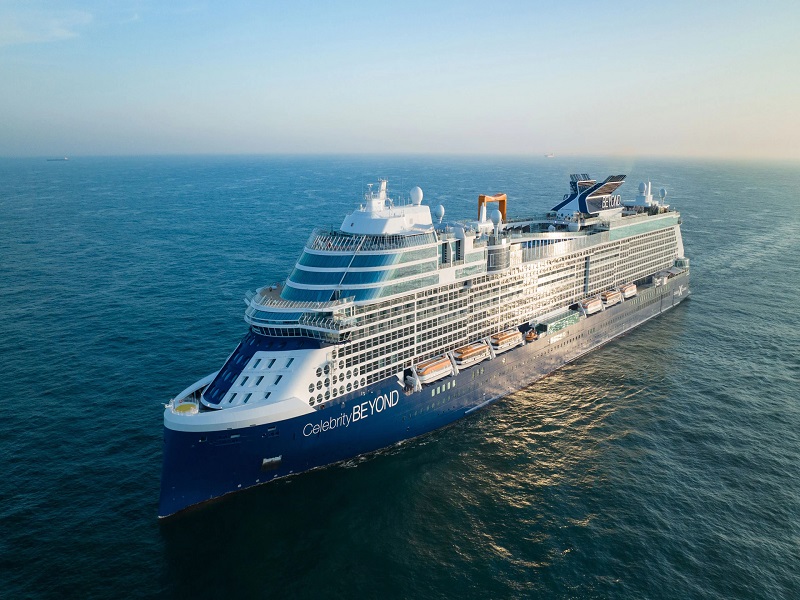
How Not to Be Late for Your Cruise: A Complete Guide for Shore Excursion Travelers in Vietnam & Thailand

Top 10 Most Beautiful Islands in Southeast Asia for Beach Lovers
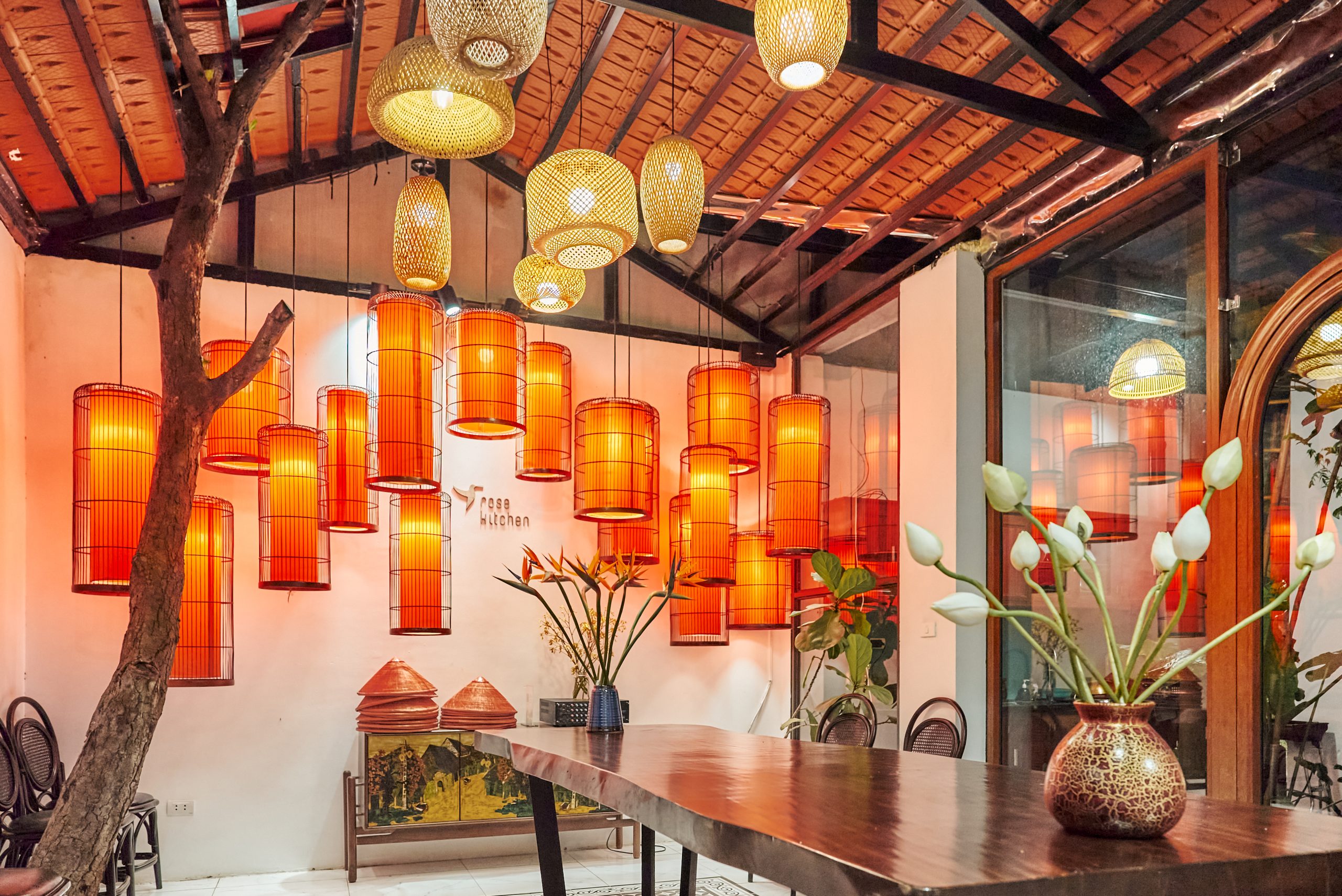
The Rise of Experiential Tourism: Travelers Now Prefer Direct Immersion Over Traditional Sightseeing

Vietnam’s Tourism Surge in 2024: Driving Growth and Innovation in the Post-Recovery Phase

A Culinary Journey Through Thailand: Exploring The Iconic Dishes Of Tom Yum, Pad Thai, And Green Curry

A Culinary Journey Through Laos: Traditional Dishes Larb, Khao Niaw, And Tam Mak Hoong

Discovering Cambodia’s Culinary Treasures: Amok, Bai Sach Chrouk, And Samlor Korko

The Timeless Elegance of Áo Dài Việt Nam

Discovering Cambodia’s Culinary Treasures: Amok, Bai Sach Chrouk, And Samlor Korko

Su Quan Roastery Wins Traveler’s Choice Award 2024: A Journey of Excellence in Coffee Craftsmanship

Festivals in Laos: A Celebration of Culture and Traditions
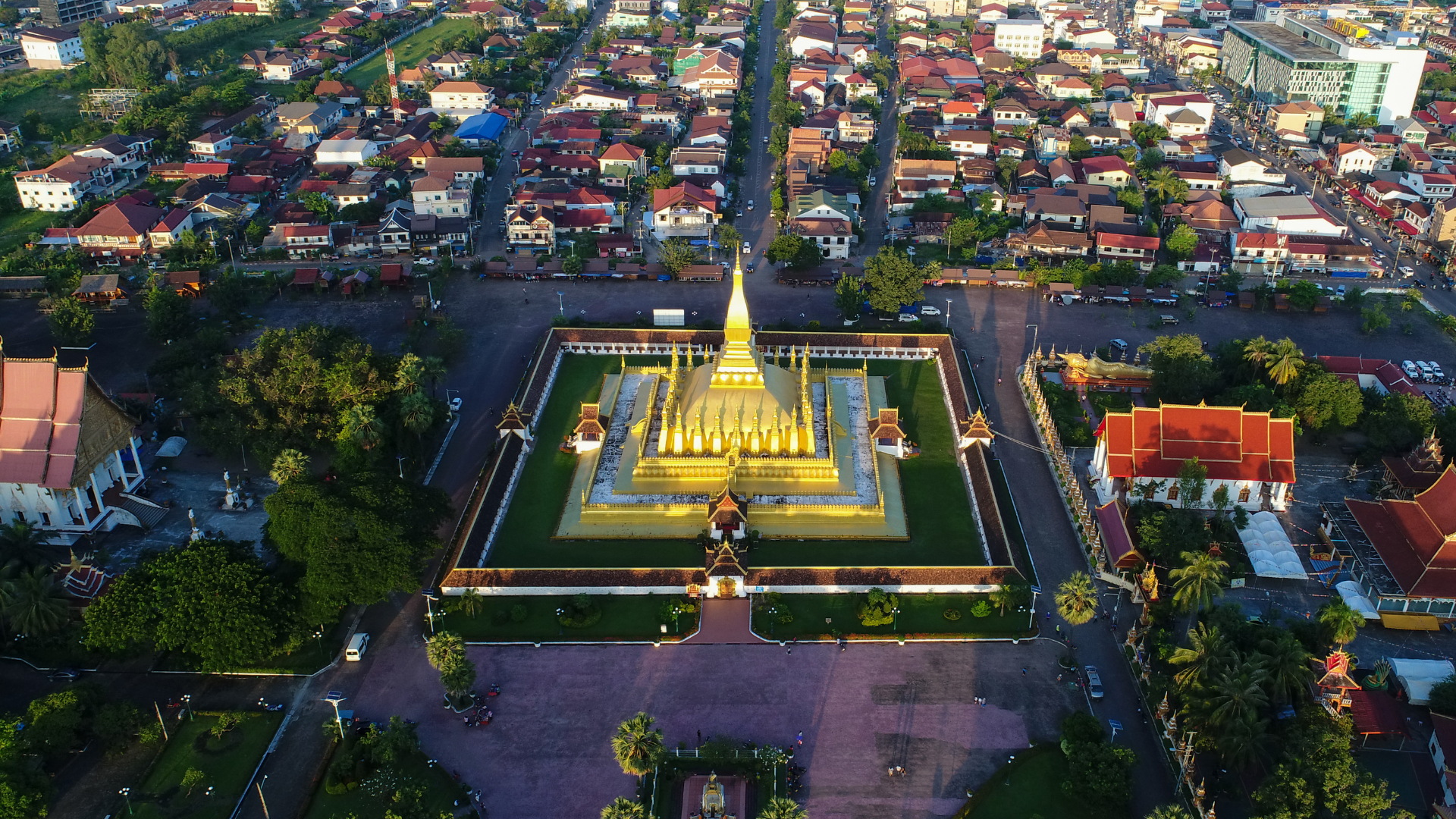
Experience Laos at Its Finest: A Comprehensive Seasonal Travel Guide

A Guide to Transportation in Cambodia: Navigating the Kingdom of Wonder

Seasonal Guide to Cambodia: When to Go for the Best Experience

Exploring Transportation Options in Thailand: Your Ultimate Guide

Visa And Entry Requirements For Traveling Thailand

Best Time To Visit Viet Nam

A Culinary Journey Through Thailand: Exploring The Iconic Dishes Of Tom Yum, Pad Thai, And Green Curry

Discovering Cambodia’s Culinary Treasures: Amok, Bai Sach Chrouk, And Samlor Korko

A Culinary Journey Through Laos: Traditional Dishes Larb, Khao Niaw, And Tam Mak Hoong
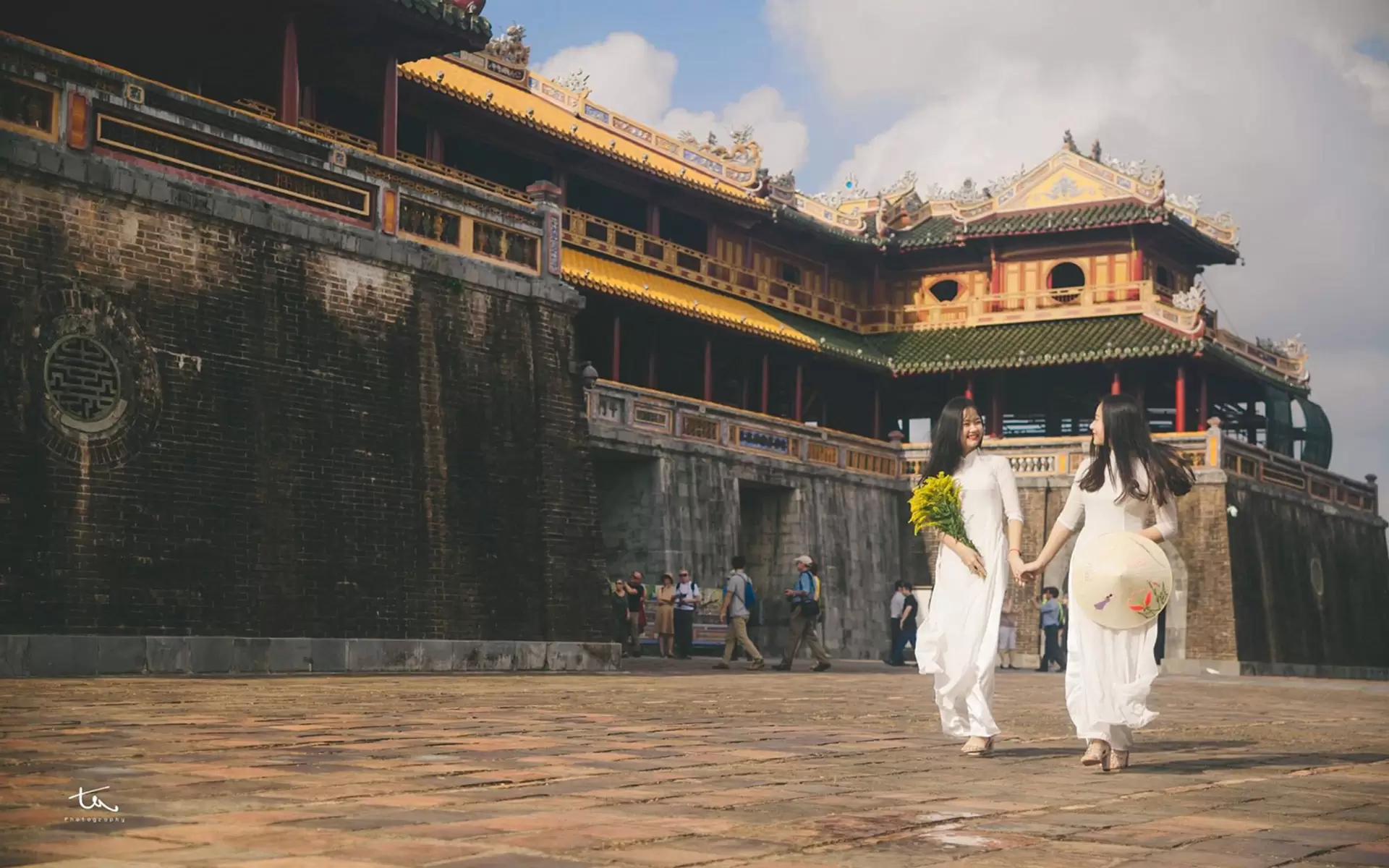
The Timeless Elegance of Áo Dài Việt Nam

Traveling to Thailand: Navigating the Weather and Essential Preparations

Traditional Festivals in Cambodia: A Window into Culture and Spiritual Heritage

Exploring the Weather in Laos: What to Expect and How to Prepare

A Comprehensive Guide to Vietnam’s Weather and Travel Preparation

Exploring the Heart of Laos: A Journey Through Culture, Nature, and Heritage

Unveiling the Hidden Gems of Laos: A Journey Off the Beaten Path

A Guide to Transportation in Cambodia: Navigating the Kingdom of Wonder

Seasonal Guide to Cambodia: When to Go for the Best Experience

Exploring Transportation Options in Thailand: Your Ultimate Guide

Visa And Entry Requirements For Traveling Thailand

Transportation in Vietnam: A Comprehensive Guide

Visa And Entry Requirements For Traveling To Vietnam

Best Time To Visit Viet Nam
Subscribe for Insights
Enjoy updates, inspiration, and travel tips sent right to your inbox


